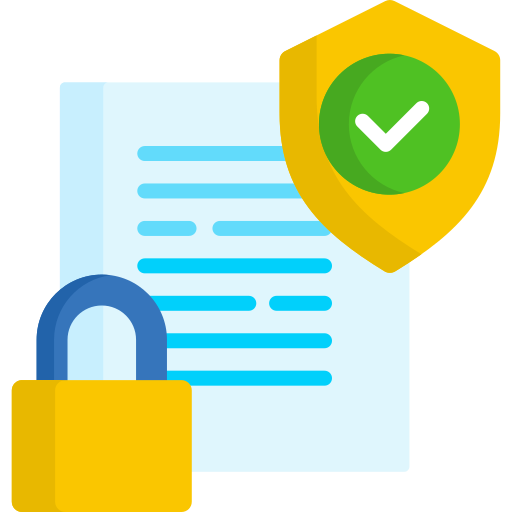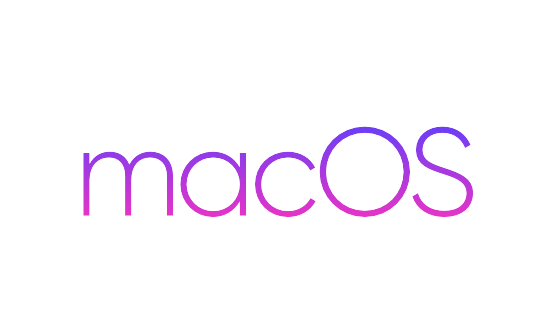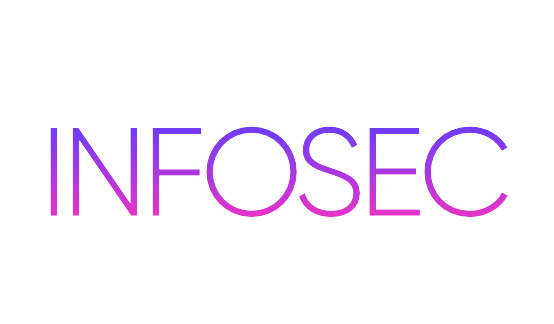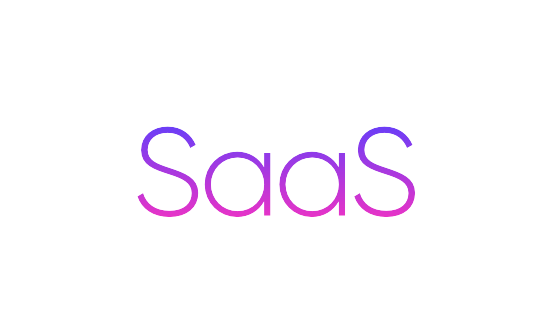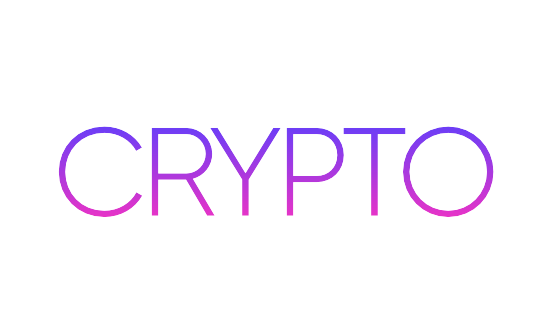There is no shortage of challenges facing chief information security officers (CISOs). Expanding sources of attacks and complex cloud security environments have created new advanced threats. Regulations regarding compliance have become more stringent and punitive. And while digital transformation promotes business pace, its impact is often limited by budget constraints and gaps in security talent.
How can your business stop being a cyber-attack victim? Here are a few cyber security best practices for businesses that you can start implementing today.
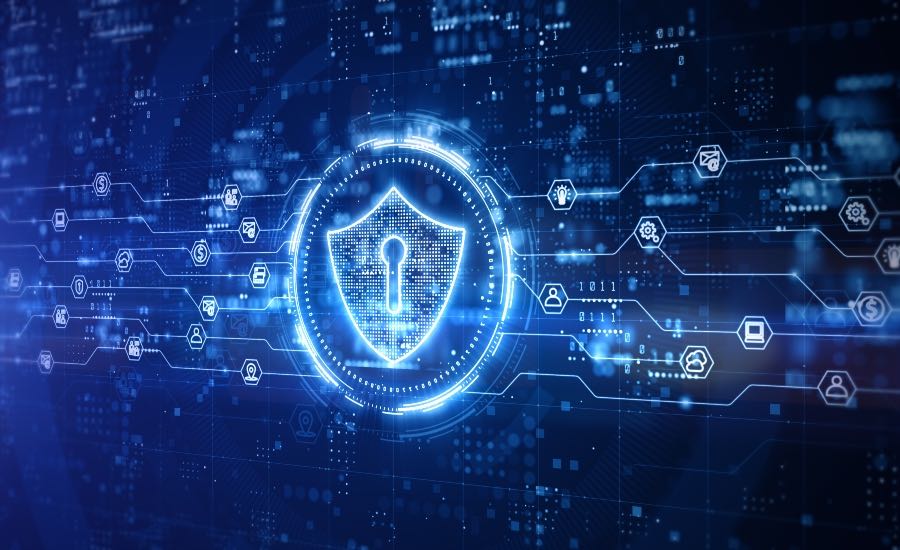
1. Form a Cyber Security Hierarchy
First, a written policy serves as a formal guide to all of your company’s cyber security measures.
It enables your security specialists and staff to be on the same page and gives you a way to enforce rules protecting your data. But each department’s workflow can be special and can be easily disrupted by needless cyber security initiatives.
Although a structured security policy as a general guideline for the whole organization can be helpful, it does not cover every process in every department. Instead, encourage your divisions to establish their own unified security policies.
The staking out of the security strategies in such a hierarchical way provides several advantages. Through doing so, you are respecting each department’s needs and making sure their workflows and the bottom line are not disrupted in the name of health.
If you want to know how insider threats can be avoided, identified, and remedied, you should consider picking up the Best Cyber Security Provider, who has a comprehensive toolkit to evaluate and document cybersecurity best practices and cybersecurity policies.
2. Educate Every Employee
With expanding areas of attack, sophisticated cyber threats, and manipulative new techniques of Social Engineering, it is more important than ever for employees to be vigilant and recognize their position in preventing attacks. CISOs are developing extensive cyber security curricula and best practices these days that help employees think and behave like a CISO.
The CISO‘s role evolves continuously as threats and technology change. Yet as the breadth of their roles expands, CISOs are not only responsible for keeping the company’s data secure, they are ambassadors to C-suite and board members, as cyber security becomes much more important to the bottom line.
3. Backup the Data
Backing up data is one of the cyber security best practices that has become more relevant in the last few years. With the advent of Ransomware it can be a lifesaver to have a complete and current backup of all your data.
How do you treat backups? You need to ensure they are thoroughly protected, encrypted, and often updated. Also, dividing backup duty among several people is important to mitigate insider threats.
4. Consider Using Multi-Factor Authentication
Although it is a basic implementation, MFA remains among the Best practices in Cyber Security. By adding an extra layer of encryption, MFA lets you secure confidential data, leaving malicious actors with almost no chance to log in as if they were you.
Even if a malicious actor had your password, they would still need your second, and maybe third, authentication factors, such as a security token, cell phone, fingerprint, or voice.
MFA also allows you to clearly distinguish between users of shared accounts as an added benefit, thus improving your access control.
5. Manage IoT Security
The emergence of connected Internet of Things (IoT) devices coupled with bringing trends in your own system (BYOD), cloud migration initiatives, and a host of new or personalized apps has provided hackers countless ways to penetrate the network of an Enterprise. The rising attack surface has left CISOs scrambling to secure a slew of digital devices, ensuring data from their organization remains safe.
6. Digital Conversion Drives Complex Analysis
CISOs are making heavy investments in competitive analytics solutions with digital transformation accelerating industry competitiveness while automating previously manual activities and further investing in artificial intelligence and data analytics. CISOs are also moving towards DevSecOps, as they not only look for secure applications but also integrate security infrastructure into larger initiatives from the outset.
7. Hold a Close Eye on Privileged Users
Privileged users have all the necessary means to steal your sensitive data and leave it unnoticed. No matter how much you rely on privileged accounts for your employees, anything can happen.
Where will the risks be minimized? Here are a few easy but successful steps:
- Reduce the number of privileged users by applying the least-privileged concept.
- Ensure all privileged accounts are removed immediately after the termination of people using them.
- Utilizing user behavior tracking tools to monitor any activities that are being taken within your network.
8. Strengthen Safe Password Practices
Yes, staff find changing passwords a pain. Nevertheless, a study found that 63 percent of Data Breaches occurred due to passwords lost, stolen, or weak. 65% of SMBs with password policies do not implement them, according to the Keeper Protection and Ponemon Institute Report. It is important in today’s BYOD environment that all employee devices that access the company network are password protected.
Employees are advised to use passwords containing upper and lower-case letters, numbers, and symbols. SMBs would also allow changing of all passwords every 60 to 90 days.
9. Monitor Access by Third-parties to Your Personal Data
Remote staff, subcontractors, corporate associates, manufacturers, and distributors – this is just a short list of individuals and companies who can access the data remotely.
Not only does third-party exposure carry a higher risk of insider attacks, but it also opens the door for malware and hackers to infiltrate your network.
The best practice to protect confidential data from violations through access by third parties is to track actions by third parties. You can restrict the access reach third-party users and know exactly who is connecting to your network and why.
User activity tracking can also be used in combination with one-time passwords to provide complete recording of all user activities, so that unauthorized activity can be identified and investigations can be performed wherever appropriate.
10. Conduct a Cyber Security Risk Assessment
Risk assessment for Cyber Security is one of the best practices that will help you identify your data and identify places where a hacker can access it. You will get a grasp of your current vulnerability status with risk assessment so you can mitigate risks.
Here are a few risks that could damage your company;
- Reputational risk: A reflection of public negative opinion.
- Operational risk: Includes internal processes which have failed.
- Transactional risk: Problems concerning the distribution of products or services.
- Compliance risk: Violations of Government regulations.
How Bitsys Technologies Will Help You Employ Cyber Security Best Practices?
The above-mentioned cyber security best practices will help you protect your data and the integrity of your company. Implementing them is, however, quite another obstacle.
At BitSys Technologies we provide robust insider threat mitigation solutions covering most of the above-listed cyber security activities. The broad functionality of Bitsys Technologies includes comprehensive monitoring capabilities, response mechanisms, and solutions for access control.
Cyber security
The only way to protect what you’ve worked hard to build is to be vigilant when it comes to cybersecurity. If you’d like to know more about how your business can benefit from managed services, just give us a call, we are here to help.
Must-Know Cyber security Statistics for 2023 cybersecurity awareness, and prevention workers need to be aware of secure working practices.



